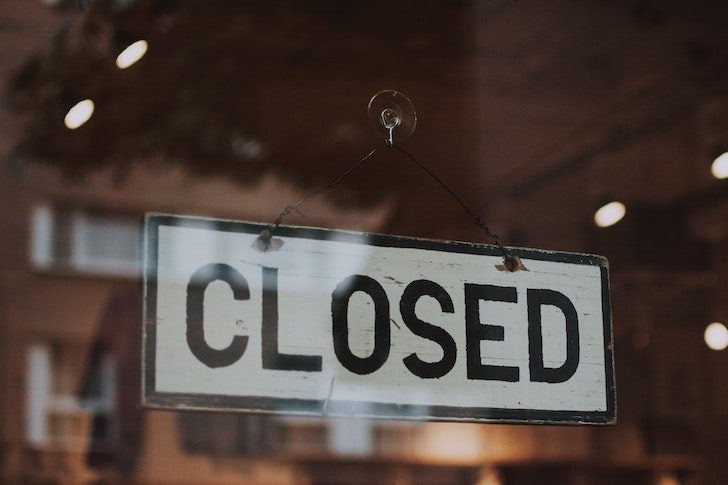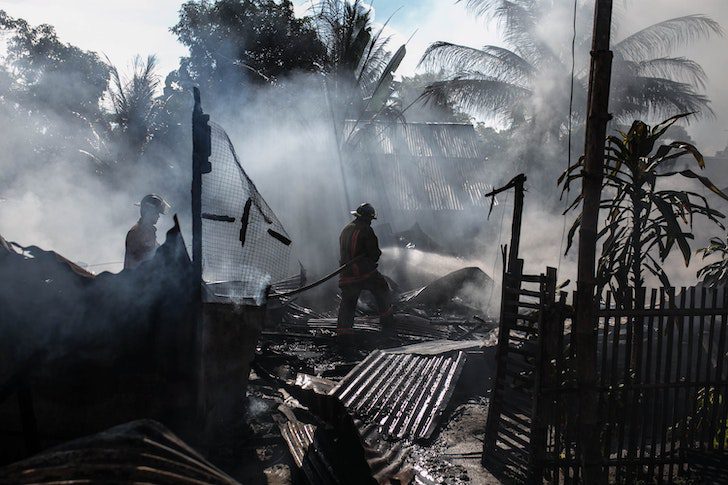Climate change is occurring globally, and due to this, businesses have to devote more budget to cope with possible disasters. Businesses have to set aside an increasing amount of cash flow to cope with hurricanes, floods, wildfires, and other natural calamities. The cash flow devoted to this purpose will be used for taking cautionary measures. Risk management is the way to deal with the cost of climate change.

Risk Management Strategies
Various financing tools can be used to facilitate recovery from disasters. Strategies include reserving, insurance, and borrowing. Investing in risk management poses the cost of immediate payments. Businesses will have to save enough finances so that they can get loans in the future. This results in a debt trap for small businesses that are already working on lower profit margins. Such businesses are not capable of dedicating resources to risk management. However, they do not realize that not saving funds for bad times may make recovery more costly.

Hurricane Harvey And Its Damage
According to studies, Hurricane Harvey was the most disastrous calamity for businesses in the U.S., causing $125 billion in damages. Climate change globally made hurricane storms 30% more severe. One year after the hurricane, several small businesses were surveyed about the losses they faced and how they coped with them. It was reported that they faced several complications because of the hurricane.
90% of the businesses lost their revenue due to loss of customer demand and supply issues, employee disruptions, and utility outages. 40% of the firms faced property damage in the form of damage to their building and machinery or inventory. The property damage led to even more losses as businesses had to shut down temporarily to renovate; double loss! Those businesses that could cope with the losses still fell behind on their debt payments.

How Did Businesses Manage Property Losses?
Comprehensive risk strategies such as insurance don’t cover all risks associated with hurricane-related property damage. Also, it doesn’t cover revenue losses due to a fall in demand or other factors. Borrowing covers moderate severity losses. Cash reserves can only cover small-scale losses. Of all the affected businesses interviewed, only 15% received a payment for their damages.
Only 27% of the firms surveyed used credit to recover their damages. Most businesses were denied credit. Low-interest disaster loans offered by the Small Business Administration were the only assistance directly offered to most businesses. Businesses that were not borrowing to cover their debt balances started doing so after Harvey. Rest that already had debt balances borrowed more to cover up their damages.
Businesses learned that without proper strategies to cope with the risks, their costs will keep increasing. Relying on a friend or family’s finances may be a little risky for the business in the long term. Entrepreneurs may fear losing their family’s finances, leading to slow growth.
